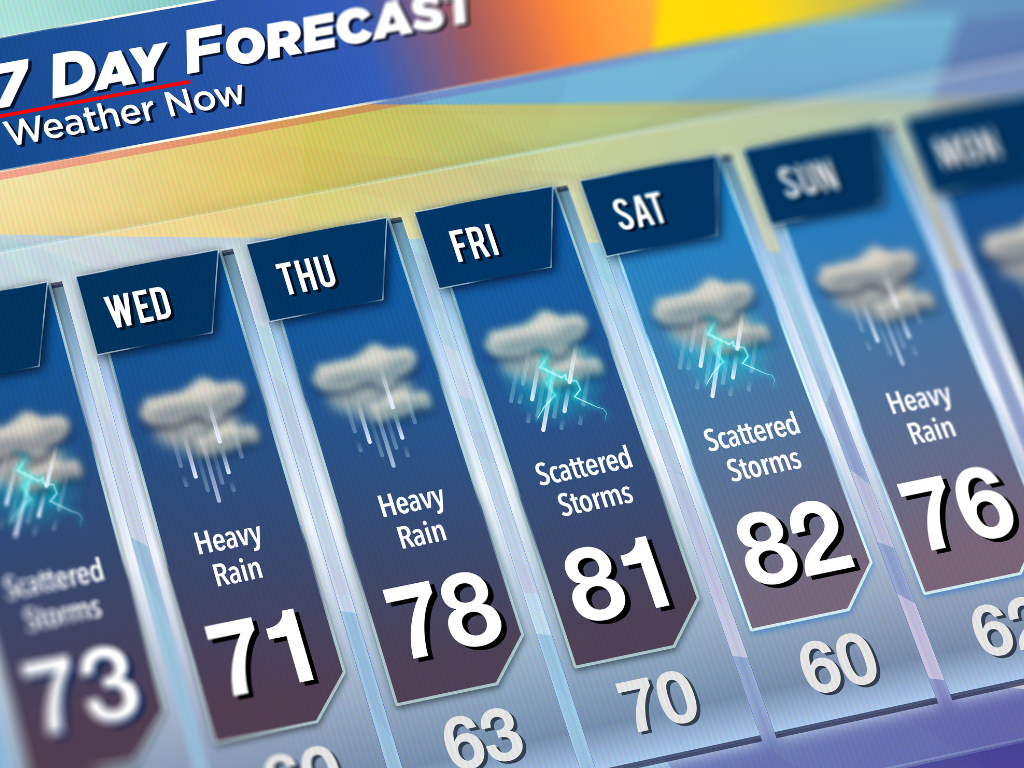
Weather affects nearly every aspect of our lives, from planning outdoor activities to making critical business decisions. Access to accurate and up-to-date weather data is essential for individuals, businesses, governments, and researchers alike. In recent years, open source weather data has emerged as a game-changer, democratizing access to this vital information and fostering innovation in weather-related applications.
What is Open Source Weather Data?
Open source weather data refers to weather information that is freely available to the public, usually under an open license that allows anyone to access, use, and redistribute the data without restrictions. This data can include current weather conditions, forecasts, historical weather data, radar images, satellite imagery, and more.
Traditionally, weather data was primarily controlled by government agencies and private companies, limiting access to those who could afford costly subscriptions or licenses. However, the open data movement has challenged this paradigm by advocating for the release of government-collected data as open data for anyone to use and build upon.
Benefits of Open Source Weather Data
-
Accessibility: Perhaps the most significant advantage of open source weather data is its accessibility. By making weather data freely available to everyone, regardless of their financial resources, open source initiatives democratize access to critical information.
-
Innovation: Open source weather data fosters innovation by enabling developers, researchers, and entrepreneurs to create new applications, services, and products. From mobile weather apps to advanced climate models, open data fuels a wide range of innovations in the weather sector.
-
Transparency: Open source weather data promotes transparency and accountability in weather forecasting and research. When weather data is openly available, anyone can scrutinize the methods used for data collection and analysis, enhancing trust in weather-related information.
-
Collaboration: By encouraging collaboration among diverse stakeholders, open source weather data initiatives facilitate knowledge sharing and problem-solving. Researchers can collaborate on climate studies, while developers can work together to improve weather prediction models.
-
Customization: Open source weather data allows users to customize and tailor weather information according to their specific needs. Whether it's integrating weather data into a business application or creating personalized weather alerts, open data empowers users to adapt information to their requirements.
Sources of Open Source Weather Data
-
Government Agencies: Many national meteorological agencies around the world provide open access to weather data collected from their observation networks. Examples include NOAA in the United States, the Met Office in the United Kingdom, and the European Centre for Medium-Range Weather Forecasts (ECMWF).
-
Crowdsourced Data: Platforms like Weather Underground and OpenWeatherMap collect weather data from a network of personal weather stations maintained by enthusiasts worldwide. While not as comprehensive as official government data, crowdsourced data can provide valuable localized information.
-
Satellite Imagery: Organizations such as NASA and the European Space Agency (ESA) offer open access to satellite imagery, which can be used to monitor weather patterns, track storms, and study climate change.
-
Open Data Portals: Many governments and organizations host open data portals where various datasets, including weather data, are freely available for download. These portals often include APIs (Application Programming Interfaces) for developers to access data programmatically.
Applications of Open Source Weather Data
-
Weather Forecasting Apps: Open source weather data powers a multitude of weather forecasting apps, providing users with real-time weather updates, forecasts, and radar imagery.
-
Agriculture: Farmers use open source weather data to make informed decisions about planting, irrigation, and harvesting, maximizing crop yields and minimizing risks associated with adverse weather conditions.
-
Disaster Management: Open data plays a crucial role in disaster preparedness and response, enabling authorities to monitor weather patterns, issue timely warnings, and coordinate emergency operations during natural disasters such as hurricanes, floods, and wildfires.
-
Renewable Energy: The renewable energy sector relies on weather data to optimize the generation and distribution of energy from sources like solar and wind power. Accurate weather forecasts help energy providers anticipate fluctuations in renewable energy production.
-
Urban Planning: City planners use weather data to design resilient infrastructure and mitigate the impacts of extreme weather events on urban environments. Open data supports efforts to build climate-resilient cities and communities.
Challenges and Future Directions
While open source weather data offers many benefits, challenges remain, including data quality, interoperability, and sustainability. Ensuring the accuracy and reliability of open data sources is essential to maintain trust among users. Additionally, efforts to standardize data formats and improve interoperability between different datasets can enhance the usability of open weather data.
Looking ahead, the future of open source weather data holds great promise. Advances in technology, such as the Internet of Things (IoT) and machine learning, will continue to expand the capabilities of weather monitoring and prediction. Moreover, increased collaboration between governments, private companies, and the open data community can further drive innovation and unlock the full potential of weather data for the benefit of society.
Conclusion
Open source weather data represents a powerful resource for individuals, businesses, and communities worldwide. By breaking down barriers to access and fostering collaboration and innovation, open data initiatives are revolutionizing the way we understand, predict, and respond to weather-related challenges. As we harness the collective power of open data, we pave the way for a more resilient and sustainable future in the face of a changing climate.

No comments yet